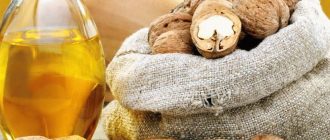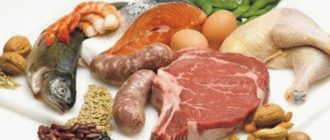There is a lot of conflicting information about vitamin additives. Convincing arguments can be found in various sources. both in favor of and against synthetic vitamins.
Indeed, vitamins and minerals can be obtained with food, if you delve deeply into this issue and correctly plan your menu.
Better yet, eat your own nurtured harvest.
In other cases, products falling on our table from store, grow on soils, poor in trace elements and vitamins, then transported from distant countries and languish for a long time waiting in warehouses.
Then we heat them, which further reduces utility.
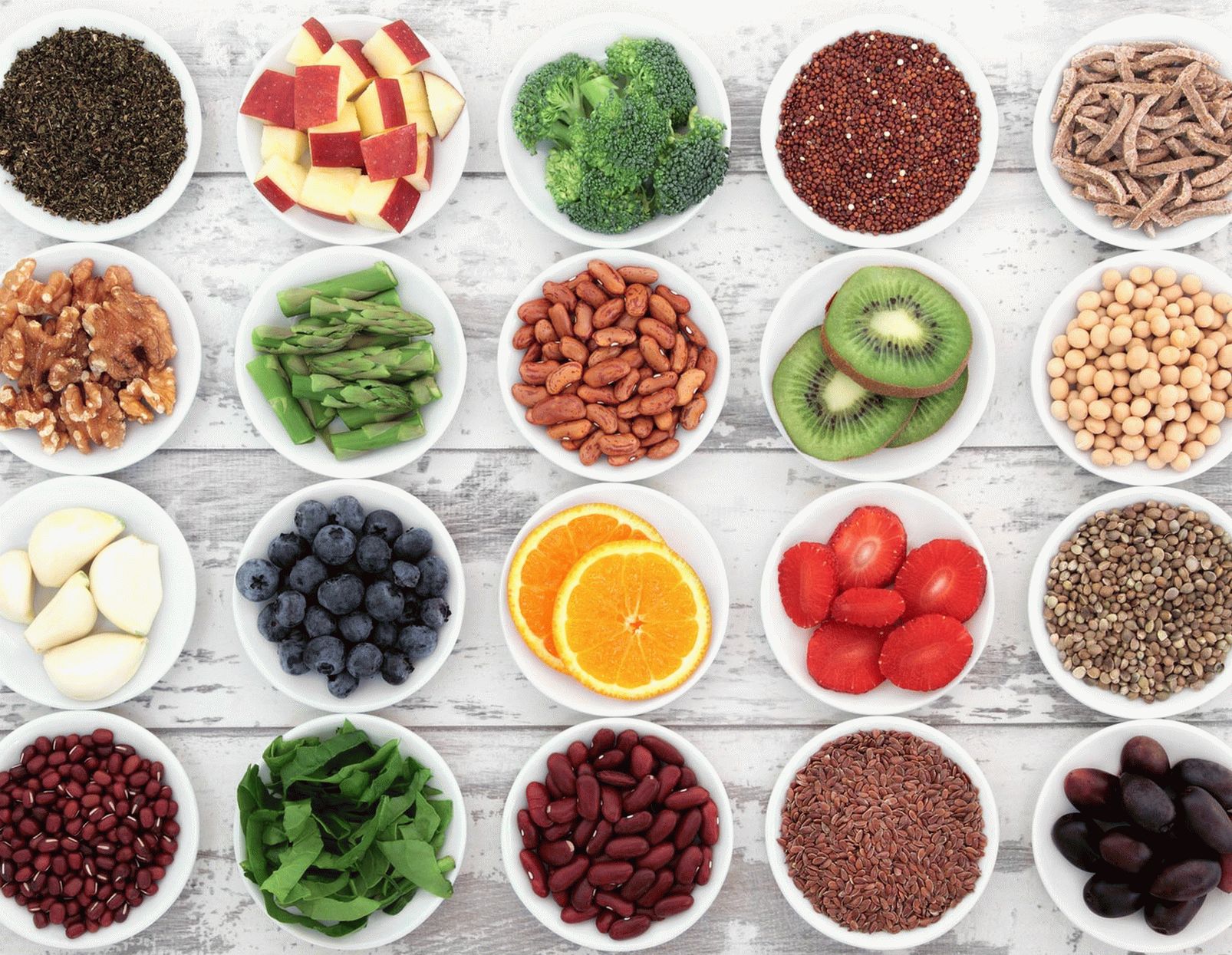
In addition, we live in different climatic conditions, we love different products, we get different physical and intellectual load, and sometimes even eat semi-finished or finished food, not knowing its origin.
So there is a need for additional body support is always. The main thing is to approach the issue thoughtfully. Before who enters the path of vitamin therapy, opens a considerable list vitamins and minerals.
Understanding their purpose is not difficult, but how to take it all – at the same time?
The approach proposed in this article does not involve all vitamins, but only the most versatile, designed for increase immunity, improve skin condition, support muscle and nervous systems.
And the reception is not simultaneous, but distributed over the seasons.
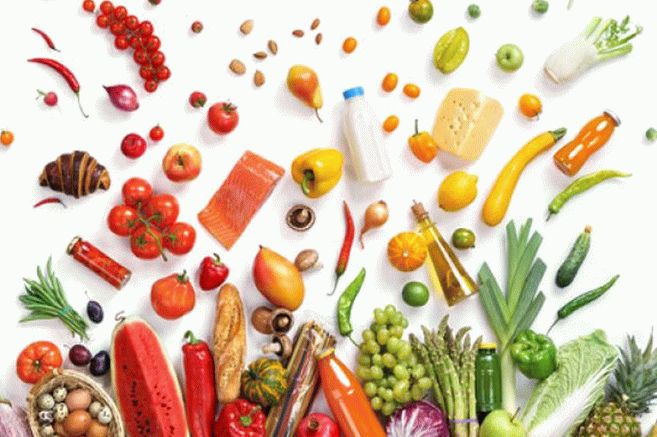
Contents
Summer
The warm season is a time filled with vitamins when we lots of fresh fruits, vegetables and berries rich in vitamin C are available, calcium and magnesium.
So this is the most profitable season: the need for admission Vitamin supplementation is minimal.
Vitamin D at this time is produced absolutely free – during time in the sun.
Vitamin E reserves are not yet used up, and replenished with oil, with which we dress salads of fresh vegetables, and mint, plucked with beds and added to tea. Vitamin A can also be delayed until cold season.
Autumn
After the summer, there were still reserves of vitamins C, D, E, A and calcium – both in the body and in the form of stocks of vegetables and fruits.
But a cold season is coming – and this means that you need to help yourself supplemental vitamin C to support immunity.
And to cope with seasonal spleen will help magnesium and happy summer memories.
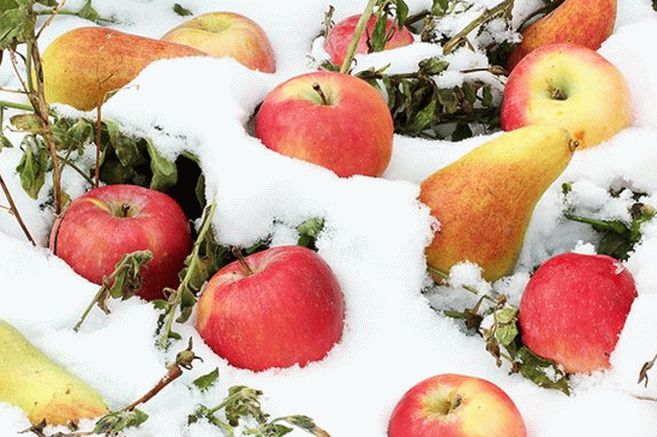
Winter
At this time, vitamin D reserves run out, which in turn causes calcium deficiency – it’s time to get them from additional source.
Also comes the time of vitamins A and E, because in winter our skin subjected to severe stress: then overheated and overdried batteries air, then cold outside.
Vitamins A and E can be taken to maintain skin condition. at the same time, they only enhance each other’s action, as well as go well with vitamin C to help support body defenses in this difficult period.
Magnesium is still relevant, but should be done breaks in his intake so as not to get an overdose (however, this applies to all synthetic vitamins).
Magnesium is especially needed for those who are exposed to increased physical and mental stress, drinks a lot of coffee or smokes. It is useful to take it in combination with vitamin B and folic acid. acid.
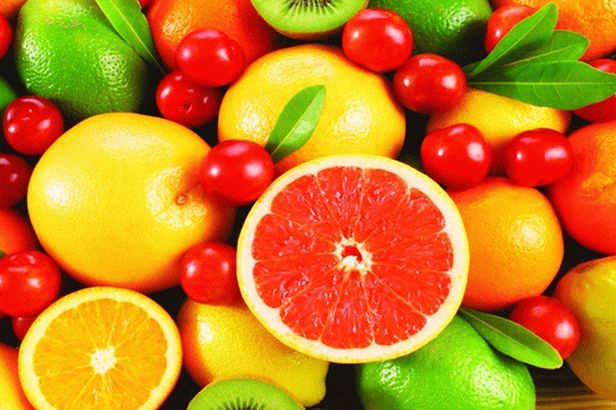
Spring
The sun is getting bigger – you can stop taking vitamin D and calcium, as well as vitamins A and E, which are accumulated in the body after the winter course.
This season, it is proposed to take a break in taking magnesium – in spring we feel a surge of physical and mental strength, we begin walk more and are in a pleasant expectation of summer, so depression does not threaten us.
But a little support yourself with vitamin C makes sense – in the spring, during snowmelt, pathogenic viruses also thaw.
Please note that the information in this article is a review and is addressed to those who want to support a little yourself on your own.
In case the intake of vitamins is prescribed by a doctor to solve a certain problem, you should strictly adhere to it recommendations and do not self-medicate.




